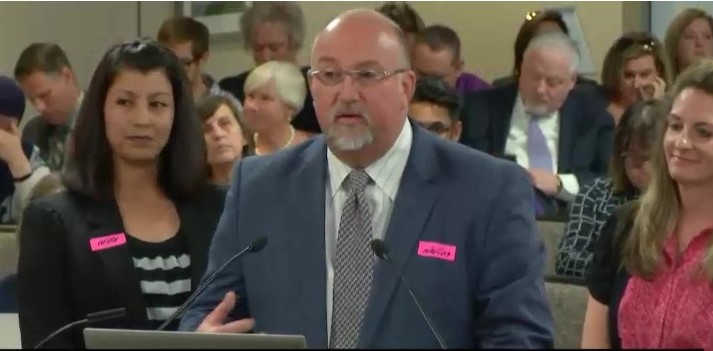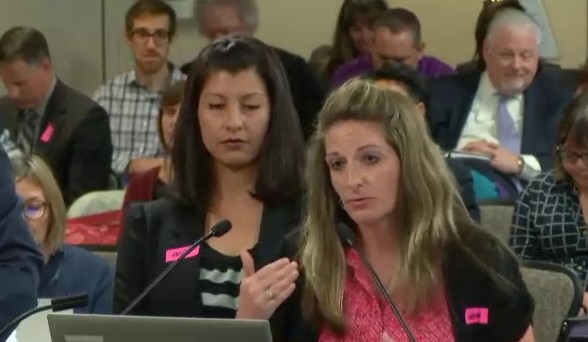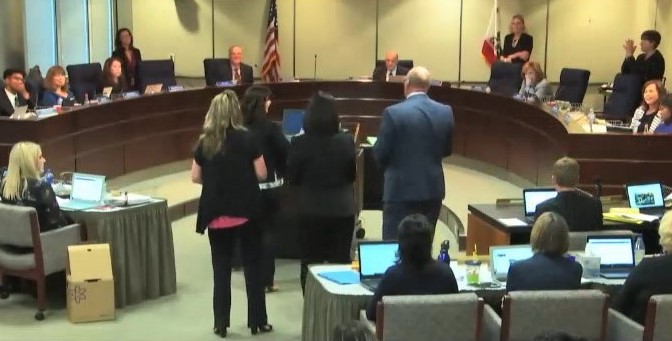California’s Val Verde Unified School District Sees Gains from Interim Assessment Use
District leaders tell the California State Board of Education that educators regularly use interims to improve student learning
Note: Video of the Val Verde Unified School District Testimony begins at 04:38:28
On May 9, educators from Val Verde Unified School District (Riverside County, Calif.) told the California State Board of Education that its use of Smarter Balanced interim assessments has had a positive impact on teaching and student learning.
The Val Verde Unified presentation, which included Superintendent Michael McCormick and instructional coaches Heather Campbell and Tina Angkasuwan, was part of an update on the California Assessment of Student Performance and Progress System (CAASPP). Together, the Val Verde team presented a powerful story of a district that has seen learning gains throughout its district, where about 80 percent of its student population qualifies for free-and-reduced meals. The district team attributed much of their success to a comprehensive, coordinated implementation of Smarter Balanced interim assessments and robust teacher supports.

Superintendent McCormick called the Smarter Balanced Interim Assessment Blocks (IABs) an “awesome free resource” and explained that his district deploys them “like embedded formative assessments.” This natural integration in the classroom resulted in Val Verde schools administering nearly 35,530 IABs last year.
“We’ve taken this approach of motivate, not mandate and so we’ve had a very kind of organic uptake of IABs,” McCormick said. “And as teachers are finding the value in the reporting, they can use the IABs more just embedded in the regular instructional cycle.”
“When we get stuck on IABs, our teacher can help us with it, but on the real test, we know that’s not possible for our teacher to do.”
Evelyn Morales (Val Verde USD student)
One of the keys to this successful uptake of IABs is what Campbell calls a “system of time and support” that allowed teachers to implement the system effectively. For the district, this has included leadership-level support for class coverage, collaborative working groups and dedicated time for results analysis.

The impact on students has been inspiring, according to Angkasuwan, who sees her students approach the end-of-year tests with enthusiasm. “I’m pleased to share that because of access to this tool (IABs), our students are feeling extremely confident — they are actually excited, they’re ready to celebrate their knowledge.”
“The IABs are like the practice test that helps our brain remember all the things we’ve learned about all year.”
V.R. (Val Verde USD student)
System-wide implementation throughout the district has meant teachers are using Smarter Balanced tools consistently throughout the year, setting best practices for results analysis, and working together to develop tailored lesson plans using instructional resources in the Smarter Balanced Digital Library. It’s this kind of dedicated coordination that has resulted in two additional district schools achieving California Distinguished School status this year — a huge win for Val Verde Unified.

“Students are regularly participating in rigorous benchmark-level formative assessments where teachers can then utilize those results to help drive their instruction,” McCormick told the State Board of Education.
